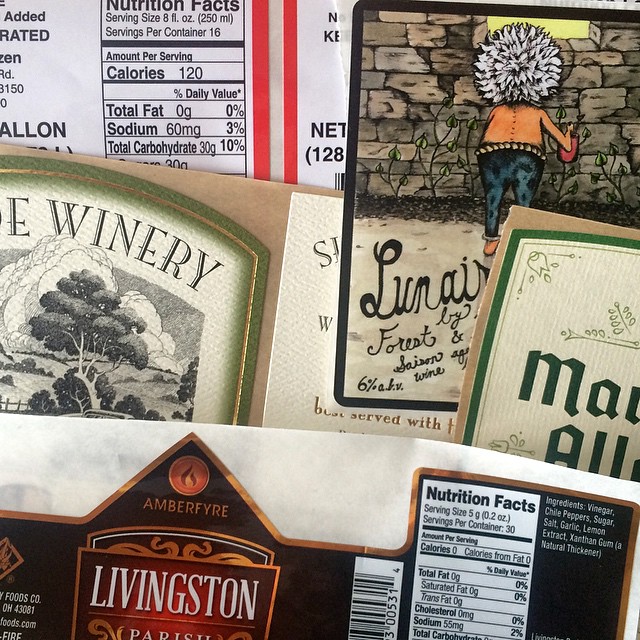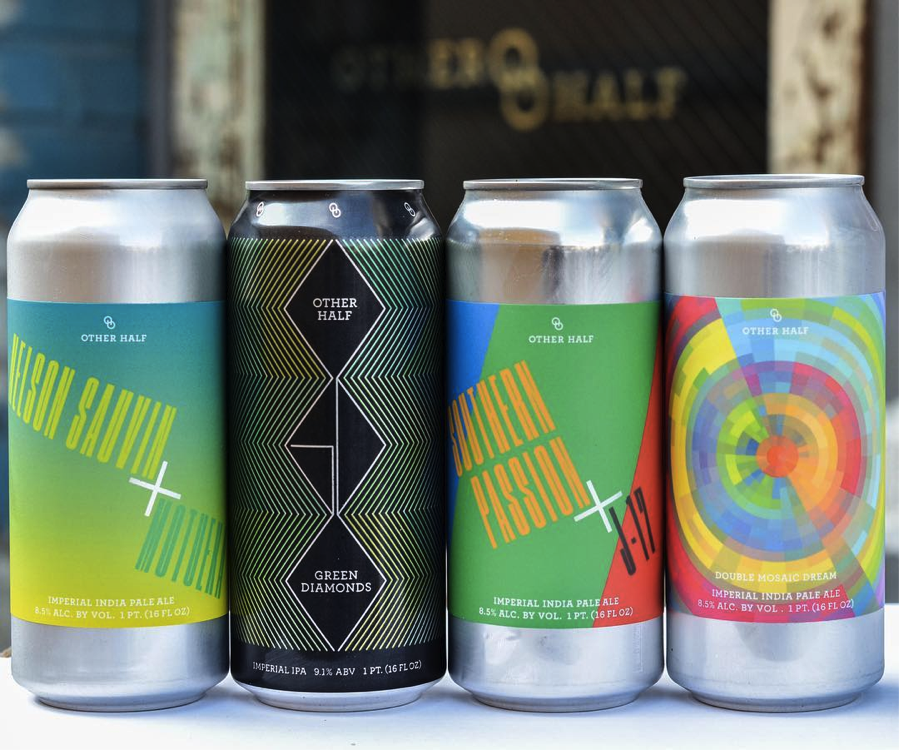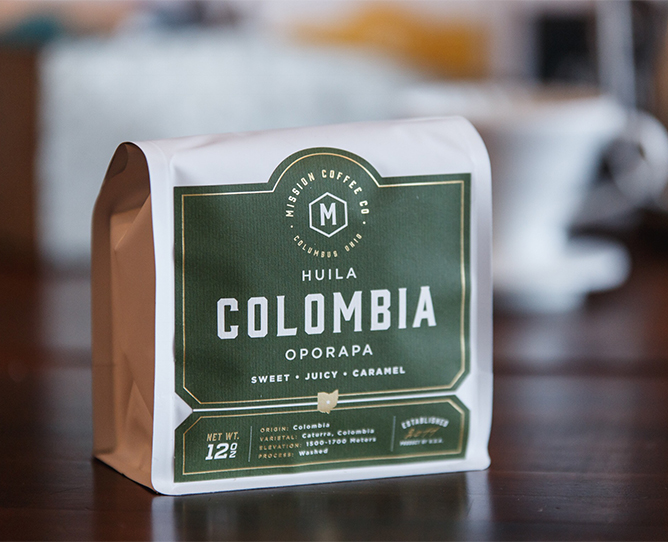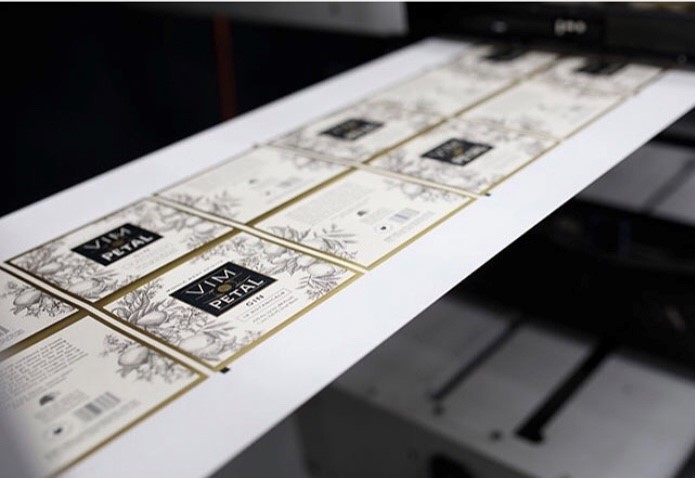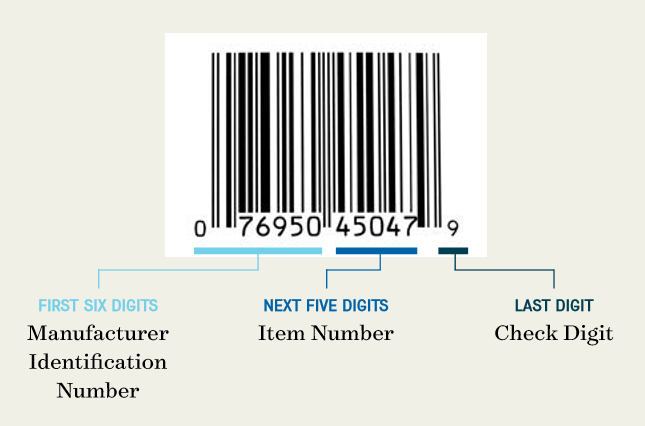5 Product Label Design Tips to Elevate Your Packaging
Product Label Design Should Be Honest
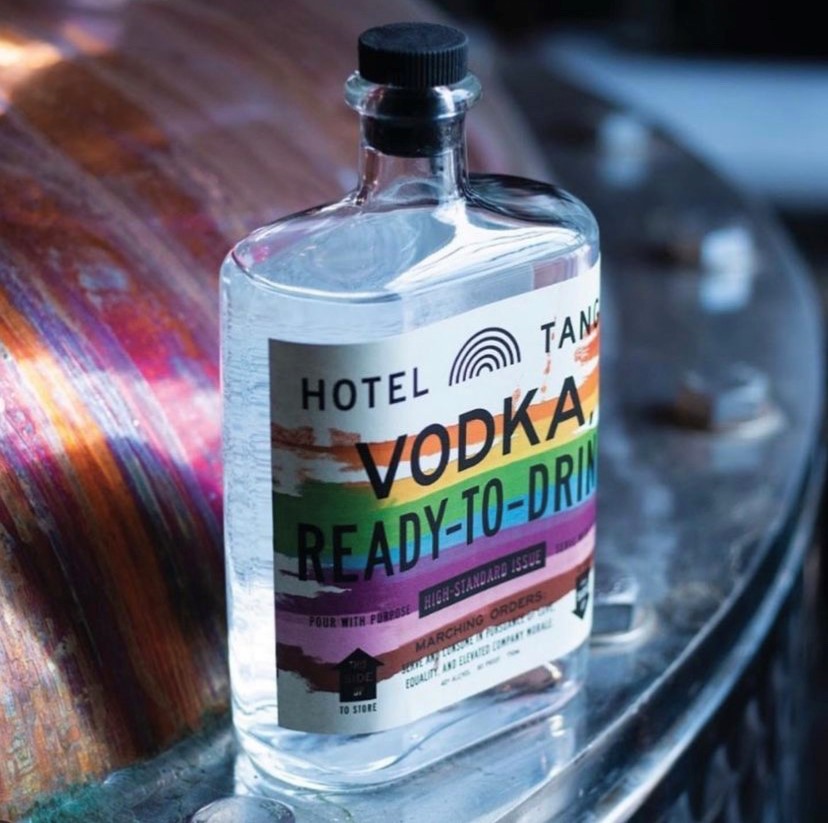
Any designer might default to trying to depict a product in its most desirable and flawless state, but an experienced product label designer knows that it’s essential to honestly represent a product. Your design is supposed to tell your product’s story, not fabricate a misleading fable.
The imagery and messaging on your label should be, to the best of your ability, an accurate representation of what consumers will find inside of the packaging. This need for honesty is especially true when design food labels or any other products people will consume or use for their body. You know your product best, so make sure your design properly represents what you sell and how it should make customers feel.
If you still think this a little deception is fine, just consider what can happen. Even if your label gets someone to buy your product once, that individual will quickly snuff out that your packaging design wasn’t quite so honest about its contents. That one-and-done customer won’t be giving you any more money. What’s worse is that a slighted consumer may tell others that your product is misleading.
That scenario represents quite an unfortunate spiral thanks to a misleading packaging label design. That’s why we suggest being as transparent with your packaging design – and we’re talking about more than just clear labels. You make a good product, so make sure your packaging properly represents your work.
Product Label Design Must Take Legalities into Account
It’s okay to push boundaries with your design, but your label must follow any applicable federal or state regulations. Several products are regulated by various government entities, so there’s a good chance some organization will have a say in what you include in your design.
For example, the Alcoholic Beverage Labeling Act requires that alcoholic beverages carry a government warning, among other things, telling pregnant women of the effects of drinking, and regular consumers of the health risks. The penalties for violating this act can be a fine in the tens of thousands of dollars. As such, you’ll want you brush up on your Alcohol and Tobacco Tax and Trade Bureau (TTB) regulations to make sure your design is up to date with legal standards.
Beer is far from the only product that needs to incorporate legal guidelines into its packaging label design. Wine labels, spirit labels, food labels, health and beauty labels, and so many more all carry some sort of legal requirement to communicate ingredients, warnings, or risks with consumers.
Your Product’s Design Has to Fly Off Shelves
There’s always competition. Regardless of which product is being designed for, it must exist on a shelf, in an online store, or somewhere else with all of its rivals. That’s no small task while still staying true to the product, the brand, and labeling regulations. Still there are ways that your design can keep a unique quality that differentiates it from its shelf-neighbors.
- Use different font types to evoke specific emotions and quickly portray your product and brand’s personality.
- 90 percent of information transmitted to the brain is visual, so incorporate imagery to your product label design can help it get noticed.
- Utilize color psychology and contrasts to develop a striking color palette that evokes certain moods and feelings and competitively positions your product in a visual market.
- Enhance your design in cool, creative ways with embossing, hot foil stamping, and other label decorations that turn your product into a visual spectacle.
- Build in white space to embrace minimalism or space out certain aspects of your design to make them more legible.
Those are just some of the ways that you can amp up your label design, and there are so many opportunities to outshine your competitors. Need some inspiration? Check out some of our favorite examples of outstanding labels here.
Product Packaging Should be Extensible
A good product label design shouldn’t focus on the present alone. It’s important to keep your label design open to variation for future product extensions as well. No matter your industry, your design should be flexible enough to accommodate expansion into several subsets if that’s a possibility in the future.
One way to prepare for multiple SKUs is to create a templated design. This approach will help you maintain an instantly recognizable identity while giving you to adapt specific details for individual products. You’ll also need to account for one of the least flashy elements of a label – the barcode. Barcodes and UPCs are important for any product, but you’ll need to keep track of each UPC to avoid duplication of numbers for different SKUs.
Product Label Design Must Speak to Digital Printing Machinery
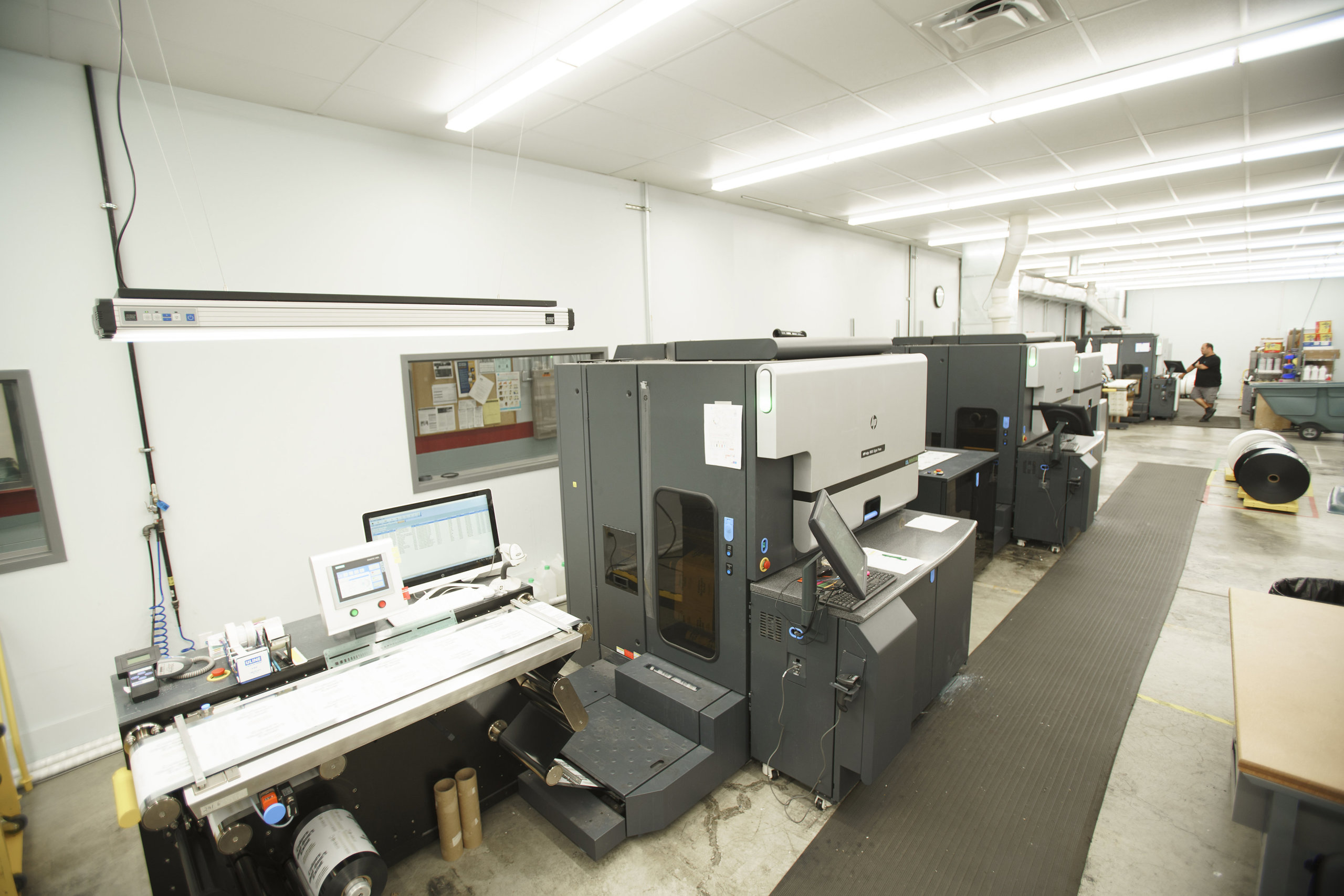
A great custom label design is just the first step toward stellar packaging. Somebody needs to take that design and turn it into a real, eye-catching product label. That’s where the right label printing company comes into play.
At Blue Label, we use state-of-the-art digital printing technology to make the most out of your design. We can combine the quality, scalability, and cost-savings of digital printing with flexographic finishing capabilities to help you enhance your product label design so that you can attract attention. Our experts work directly with you to identify new opportunities and address potential issues throughout the process so that you invest in the best, most cost-effective labels for your company.
Ready for a design and printing process that can’t be beat? No matter the size or budget of your project, we can make the process work for you. Browse our directory of Blue Label Approved Label Designers to find the perfect professional designer for you. Already have a design ready? Contact us when it’s time to work on your next label project.
